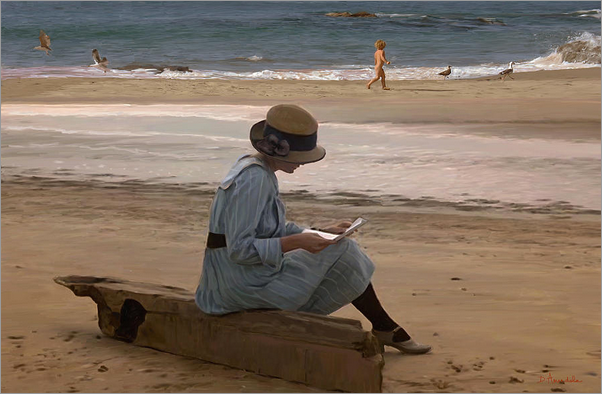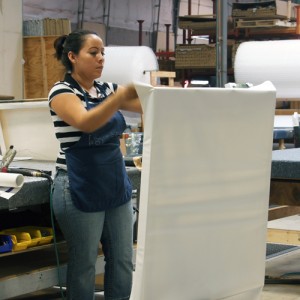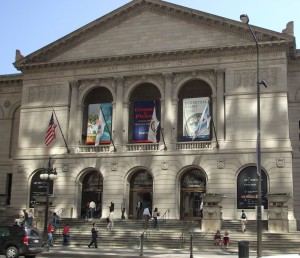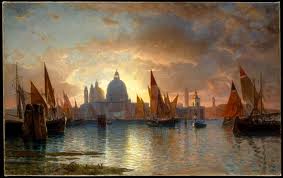Guidelines for Artists Before Starting to Work on Commission

Doing art on commission is a big step in an artist’s career. It boosts an artist’s pride in his work, knowing another person aside from his mother appreciates and is willing to pay for his work. It can be a very exciting and thrilling experience, especially for first-timers. Before you get all excited, here are some important things that you have to keep in mind before you start creating art on commission.
Communication
As with any relationships, communication is vital between an artist and the party commissioning his work. Meet with the other party to discuss the project. Make the specs of the project clear from the beginning and ask questions if some details are not clear to you. It’s best if you meet at your studio, gallery, or cafe where your art works are displayed so he’ll know your style and the types of work that you do.
Here are some ideas on what to ask the other party:
- Have you commissioned art before?
- What are you looking for in a commissioned art?
- What do you want and don’t want to see in your art?
- Who will approve the art?
Contract
In any business deals, a contract is very important. If your meeting goes well, you have to prepare a contract for the painting which both of you must sign. Be concise and clear with both your expectations. Define what the project entails, the characteristics of the painting, payment schedule, milestones, completion time, and delivery time. This contract will protect both parties and hopefully prevent disputes in the future.
Payment
If it’s your first time to do art on commission, asking for an advance payment may be intimidating but you have to ask for it and discuss it on your meeting. Normally, 1/3 of the commission can be required upfront and should be non-refundable. This is a great incentive for you to start with the project and obligates the other party to push through with your agreement. An advance payment is non-refundable so if the other party backs out of the agreement, the time, effort, and materials you’ve used are still compensated.
Revisions
A painting can take days or months to finish, it’s natural that the other party would like to see the developments in the project. You can make it clear in the contract when the other party can visit you and your work so if there are issues to answer, any revisions, or concerns, both of you can discuss about it right then and there. It’s a waste of both your time and resources if you present an artwork which is entirely different from what’s on the other party’s mind.
Image source: www.fineartamerica.com















